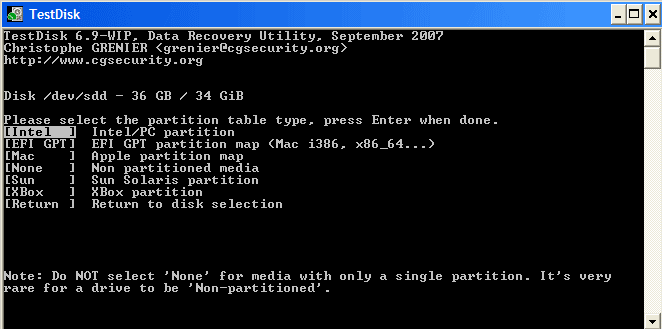
In time, you can expect USB-C connections to replace all older USB-A connections and other ports. With the right data standard (see below), the USB-C connection is much faster and more versatile than USB-A.

USB type B is mainly for external peripherals, with a USB-A connection on one end and a USB-B connection. Type B connections also are easy to recognize because of their square shape with rounded corners on one side, almost like the shape of a tiny house. The USB-B connector is the receptor port on the USB device you are connecting to the host computer. Interestingly, there is no USB-B host port. This arrangement creates the infamous, one-sided USB connection that only works with the cable perfectly inserted - no matter how many times you have to try. It’s a horizontal port with the bottom portion dedicated to pin connectors. USB-A is a traditional USB host port design and one of the easiest to recognize on devices. Every USB connection makes up a port in the host device, a connecting cable, and a receptor device. USB Type-A connections refer to the physical design of the USB port.

With all the different USB standards out there, it’s easy to get overwhelmed by the number of options. USB-A and USB-C are the two most common forms of USB, and knowing the differences between the two is essential for understanding what all your devices and peripherals can do. Ports are more confusing than they should be.


 0 kommentar(er)
0 kommentar(er)
